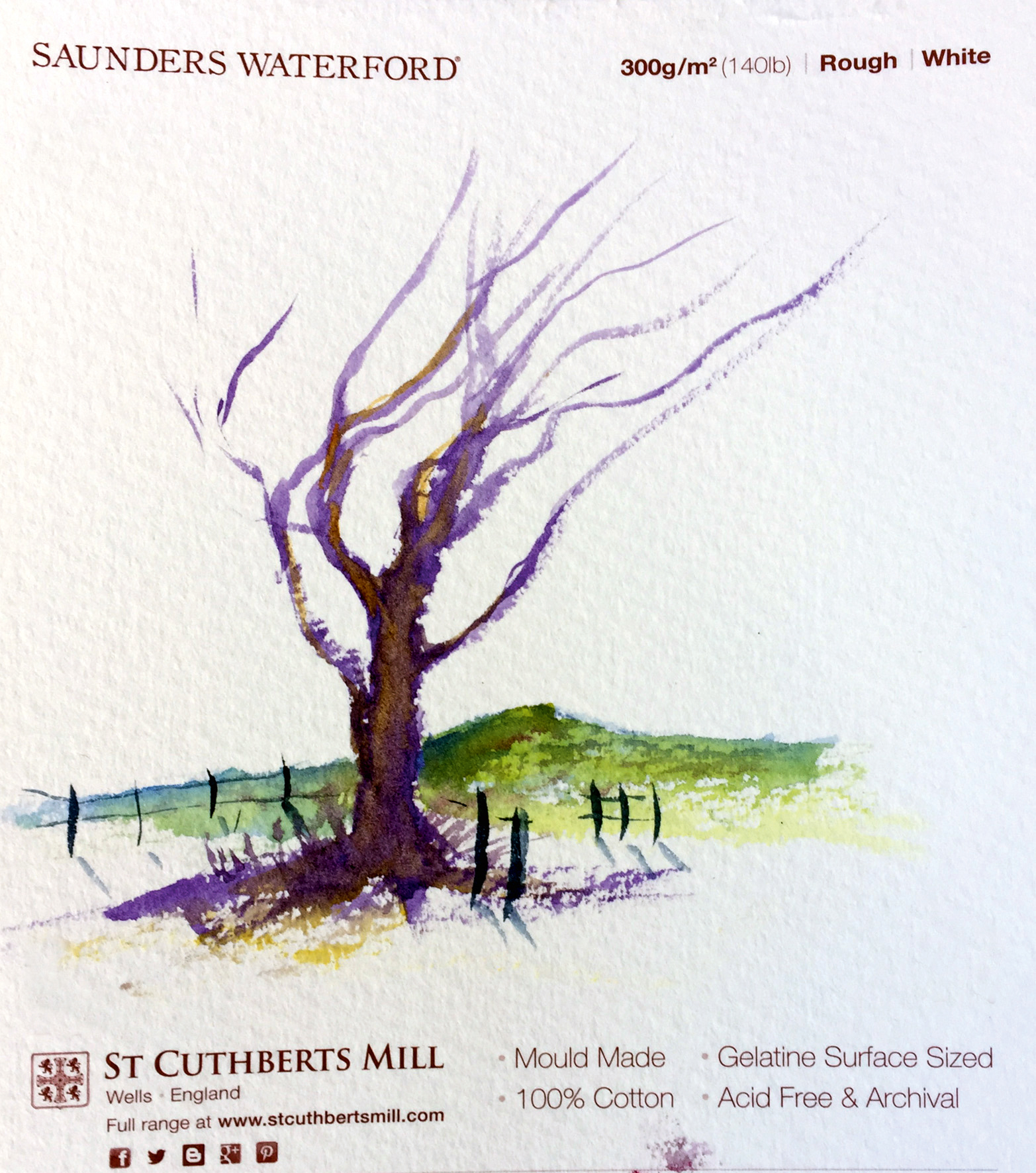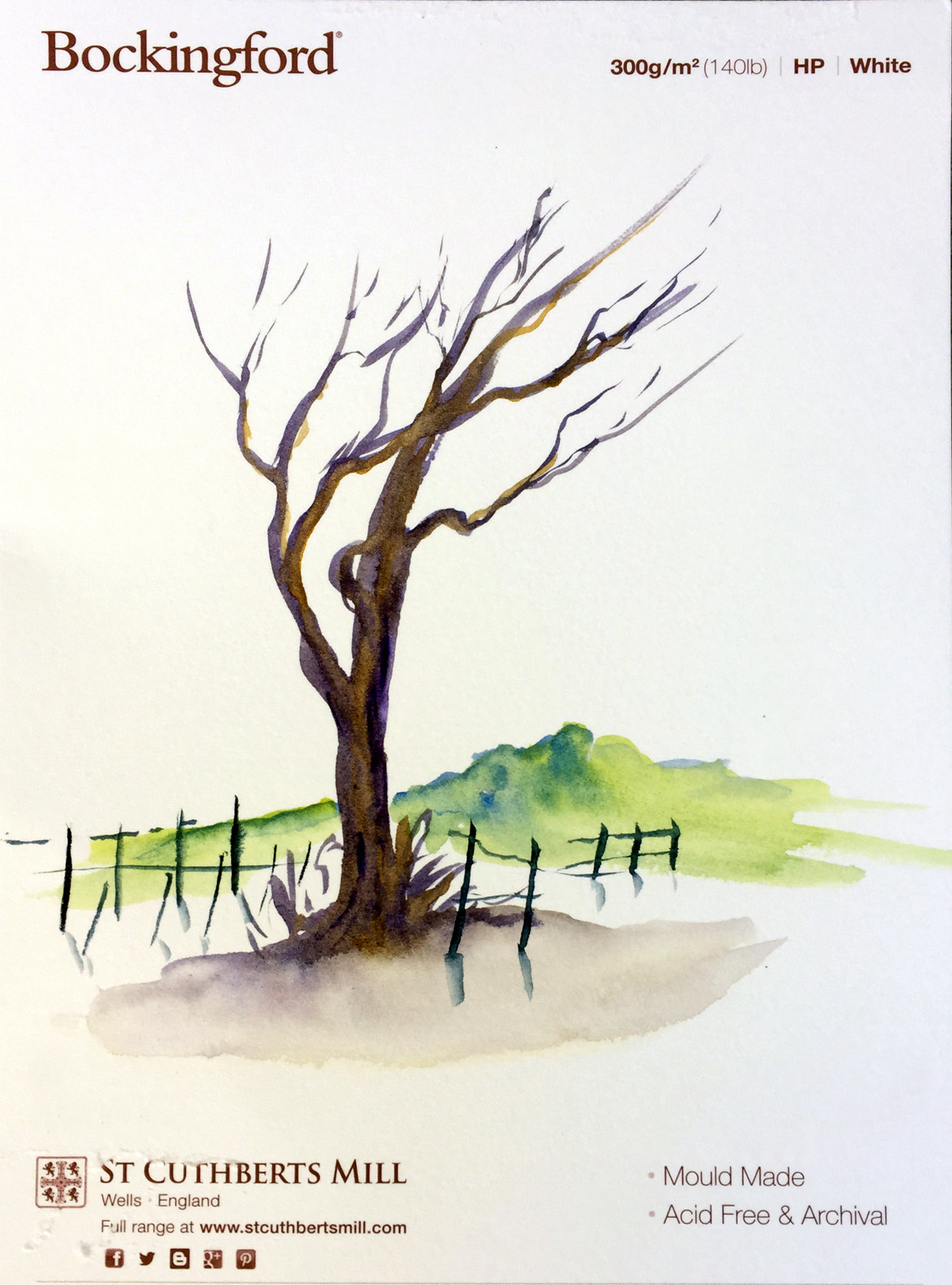Choose the right paper for your watercolour painting
Selecting the right paper is the first step to creating a watercolour masterpiece. Learn how with these tips.

There are three main considerations when choosing the right watercolour paper for your painting. These are quality, weight and texture. Choose the right one for the job and half the work is done. As with your style of painting techniques, there is no right or wrong, it’s just a question of what produces the results you require and feel comfortable with.
01. Quality

The best watercolour papers are made from either wood pulp or rag-content composition on mould machines. Wood pulp, such as Bockingford, is less expensive, generally whiter and has a less absorbent surface.
Rag papers, such as Saunders Waterford, will look slightly off-white and absorb the paint more readily. Handmade special-texture papers are also available but we will not look at those for now.
02. Weight

All papers are manufactured and sold by weight, measured either in pounds or grams per square metre. The most popular art papers are 140lb (300gsm), 200lb (425gsm) and 300lb (638gsm). The heavier the paper, the more water can be applied without ‘cockling’ (see box, right).
03. Texture
There are three standard machine-made options. The smoothest surface is hot pressed (HP). Cold pressed (CP or NOT) offers a slightly raised surface. Meanwhile, rough has a textured surface. If you want to paint fine detail you would probably opt for an HP surface. Working on seascapes or atmospheric creations I prefer rough paper. CP has a nice balance between the two for more general artwork.
This article was originally published in Paint & Draw magazine issue 2. Buy it here!
Related articles:
Daily design news, reviews, how-tos and more, as picked by the editors.
